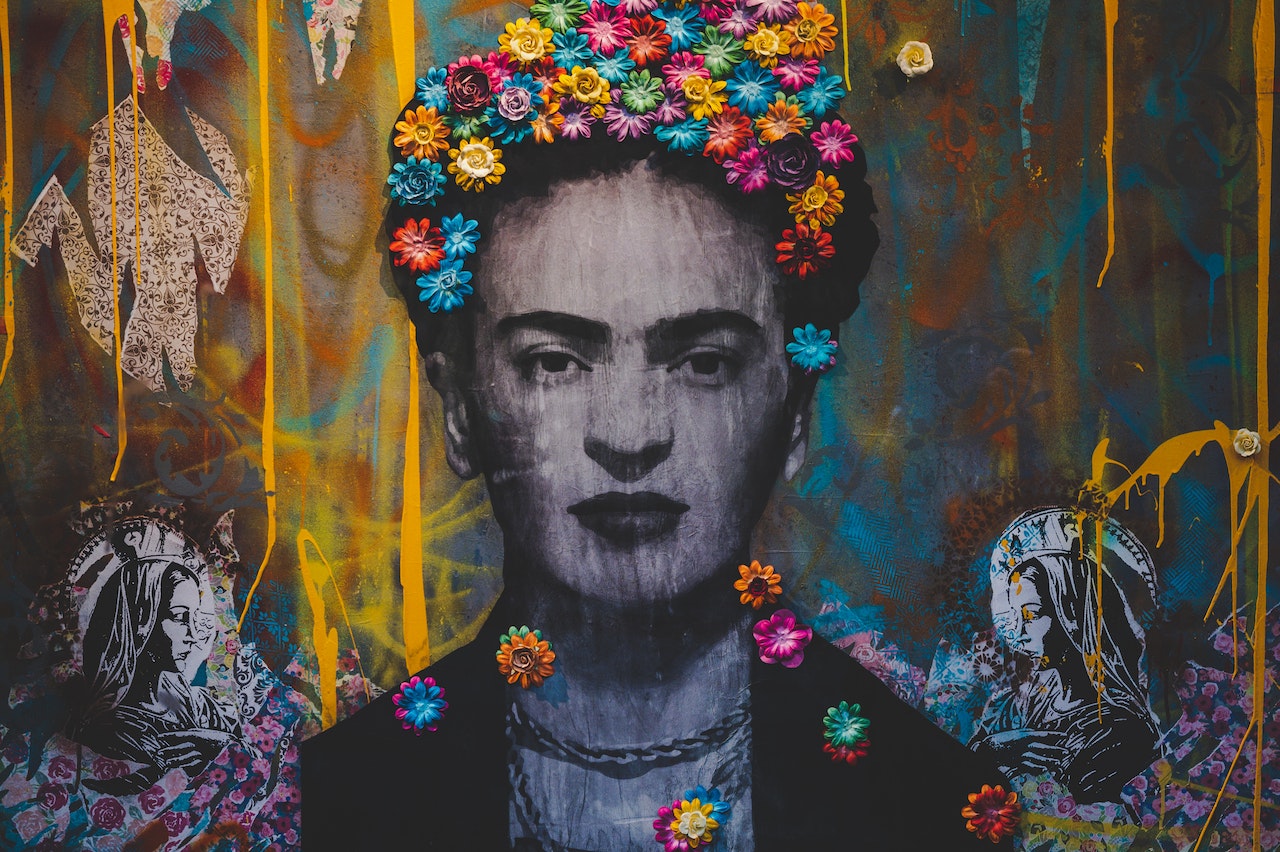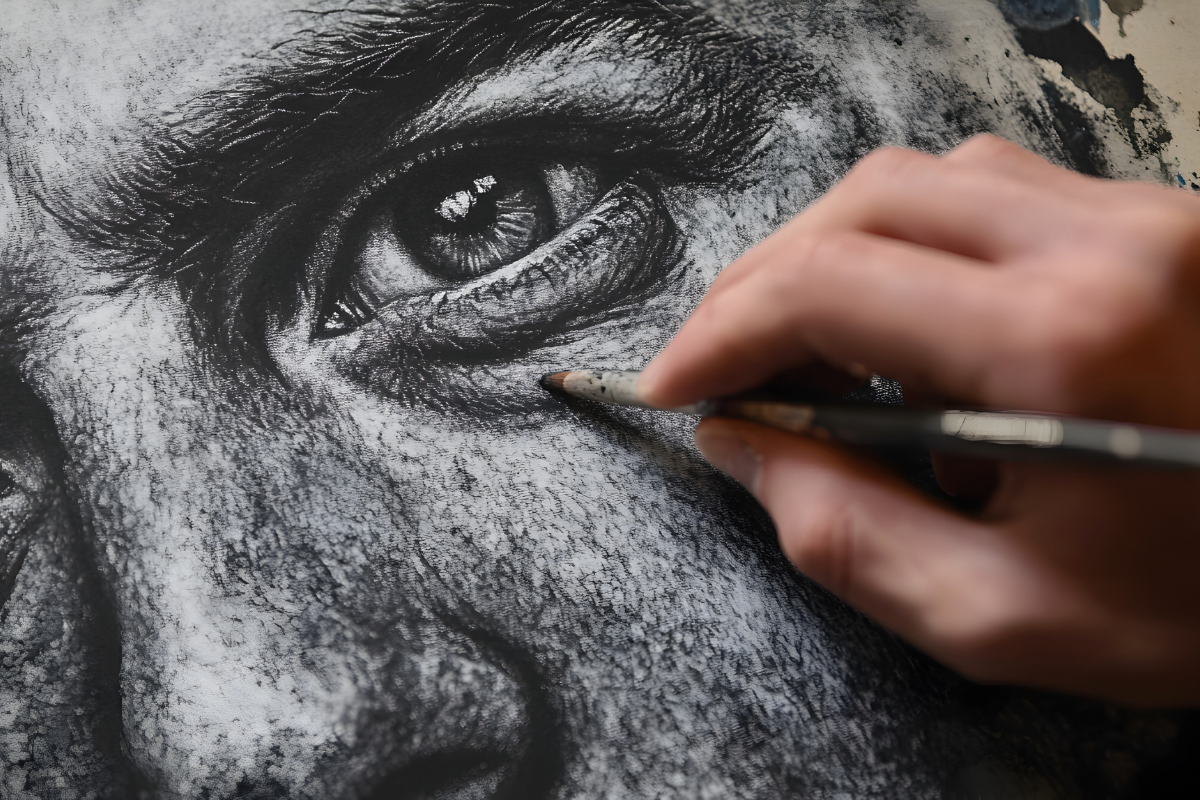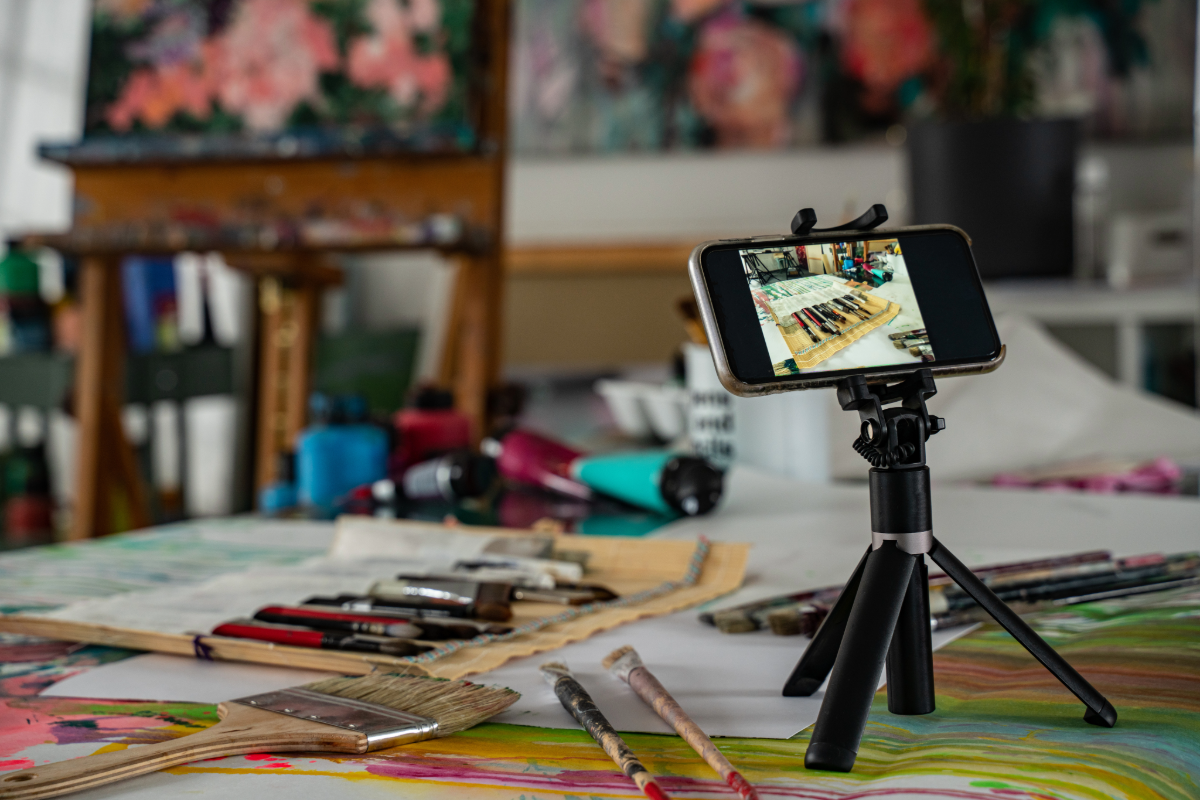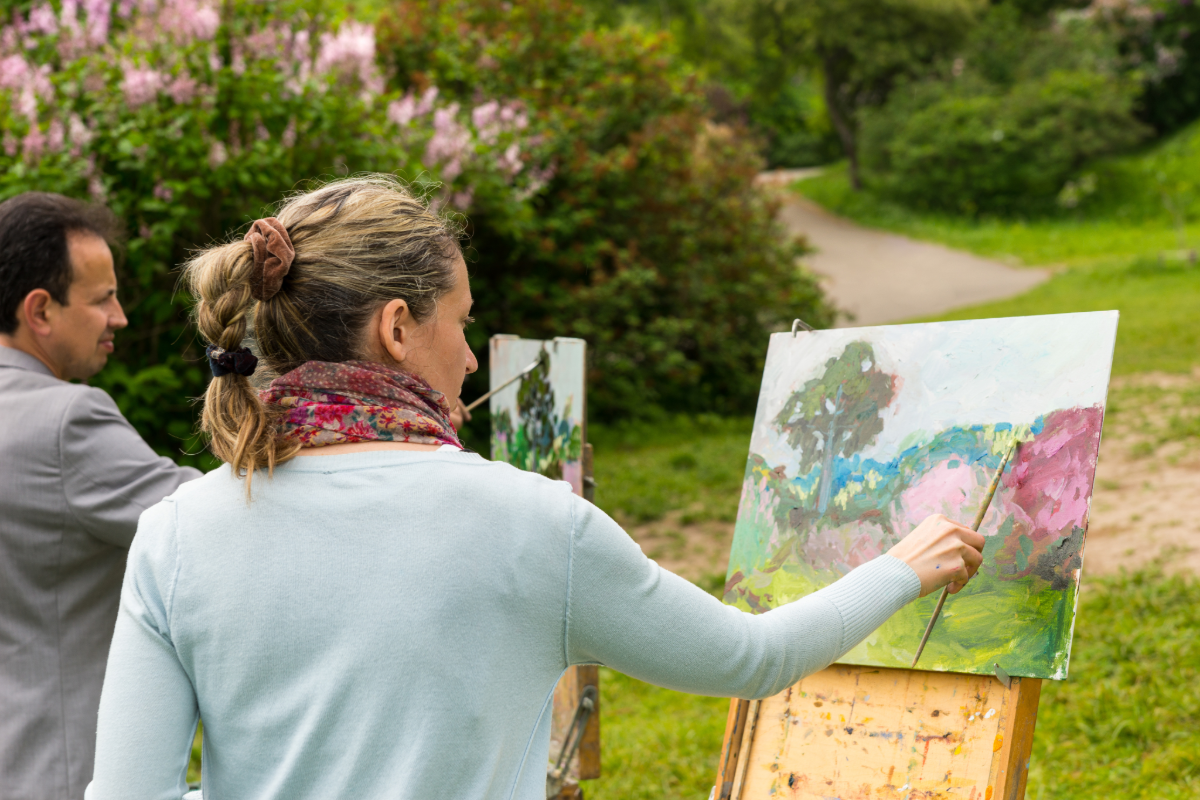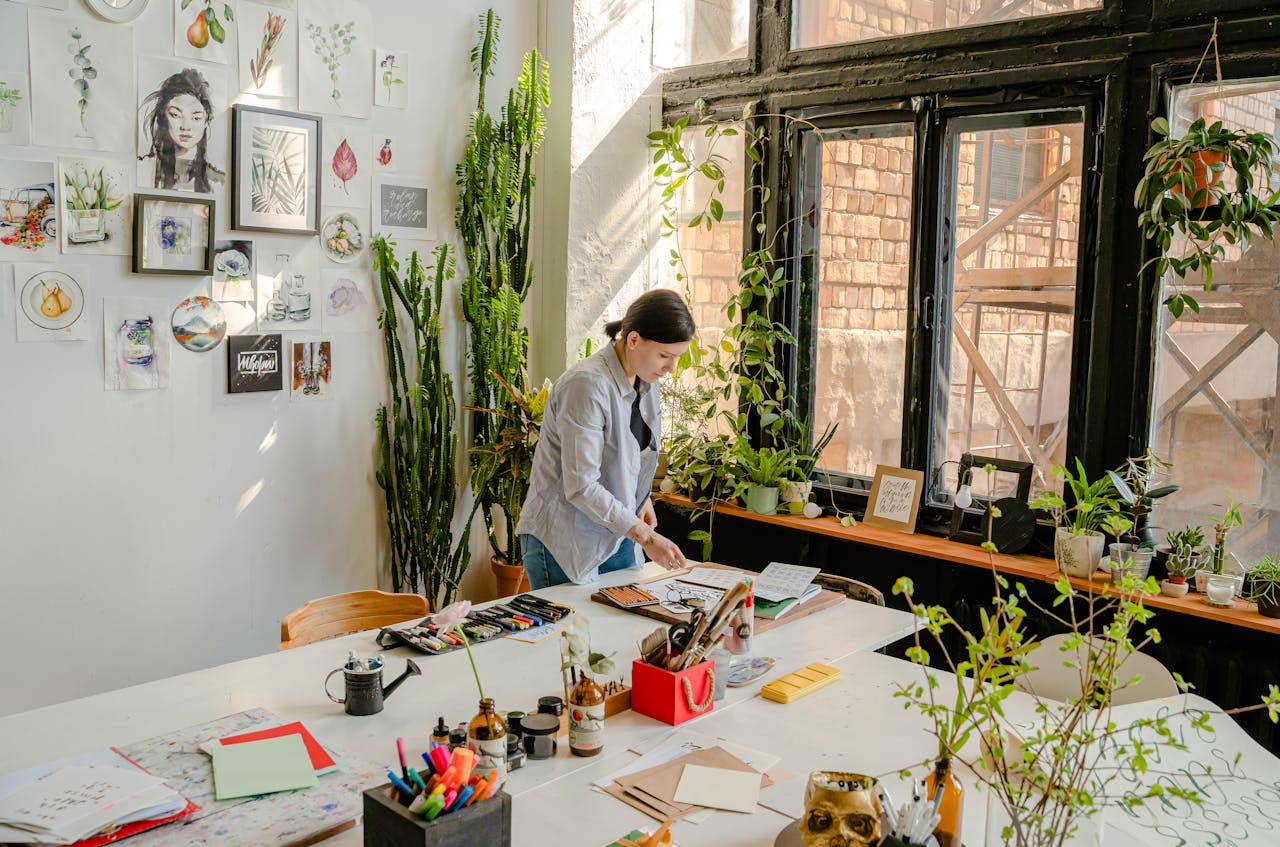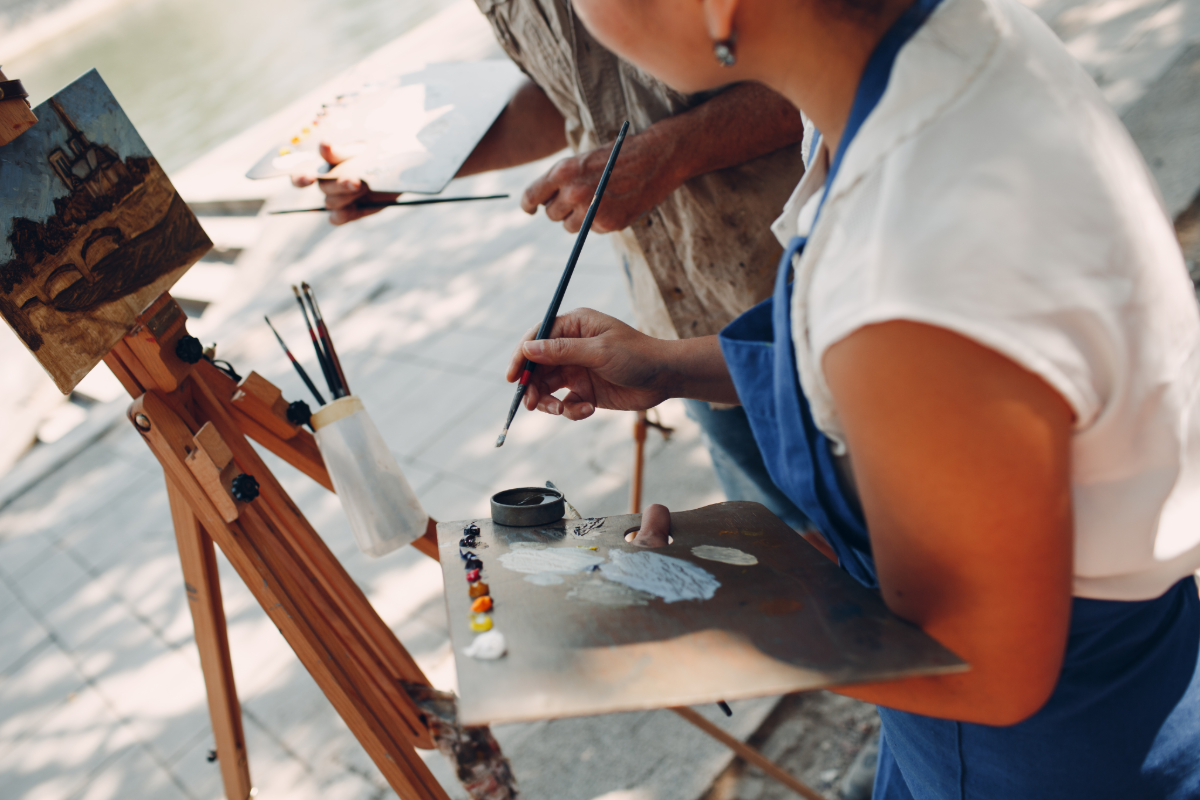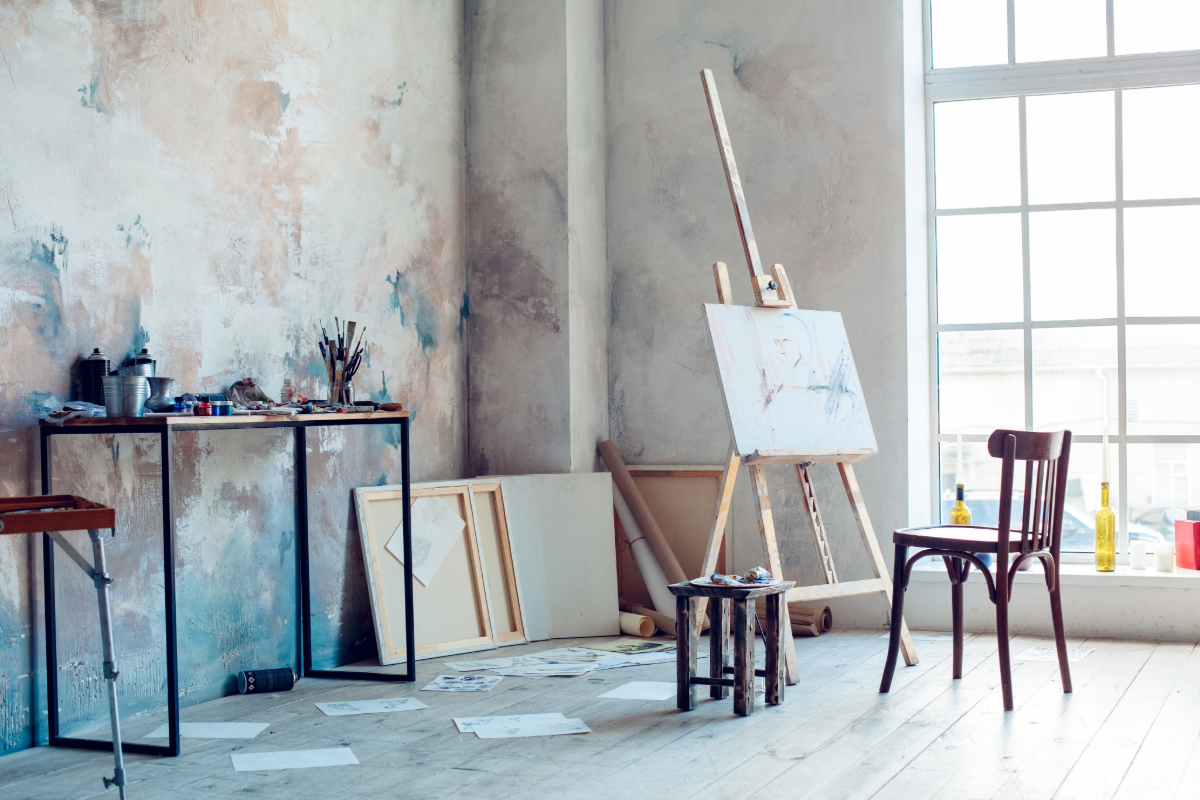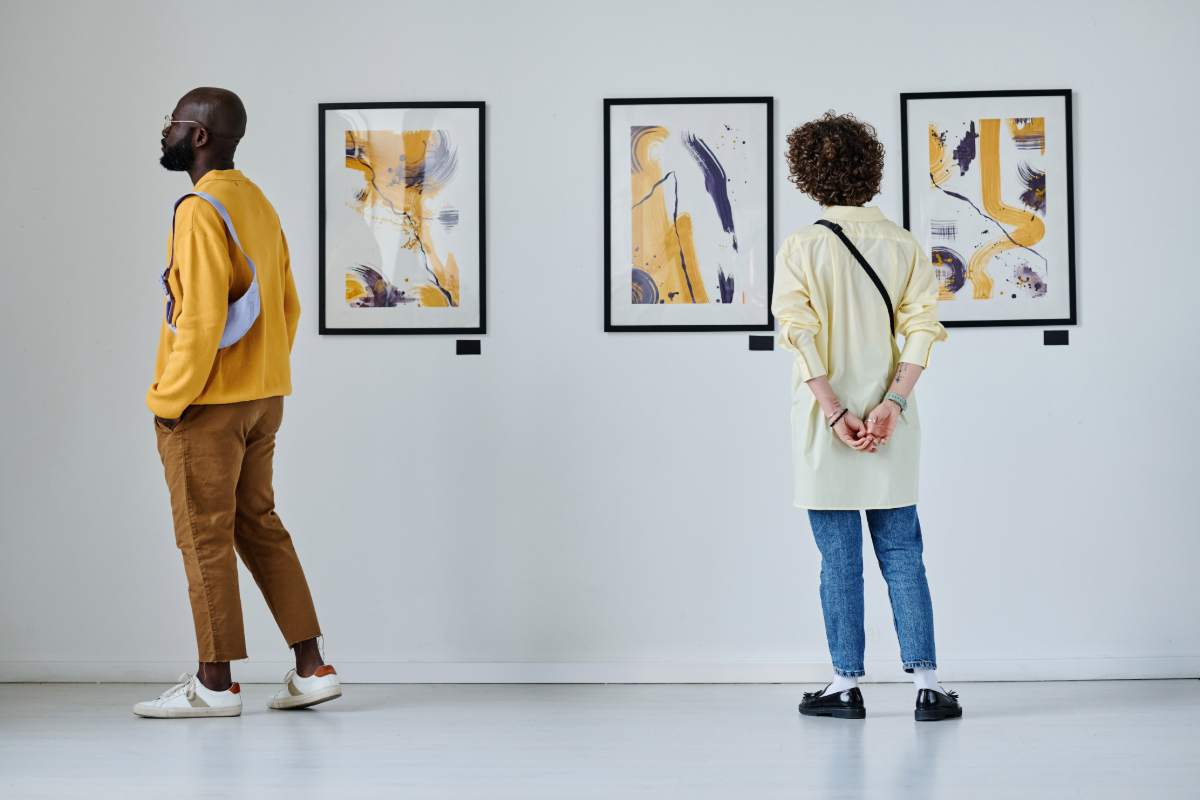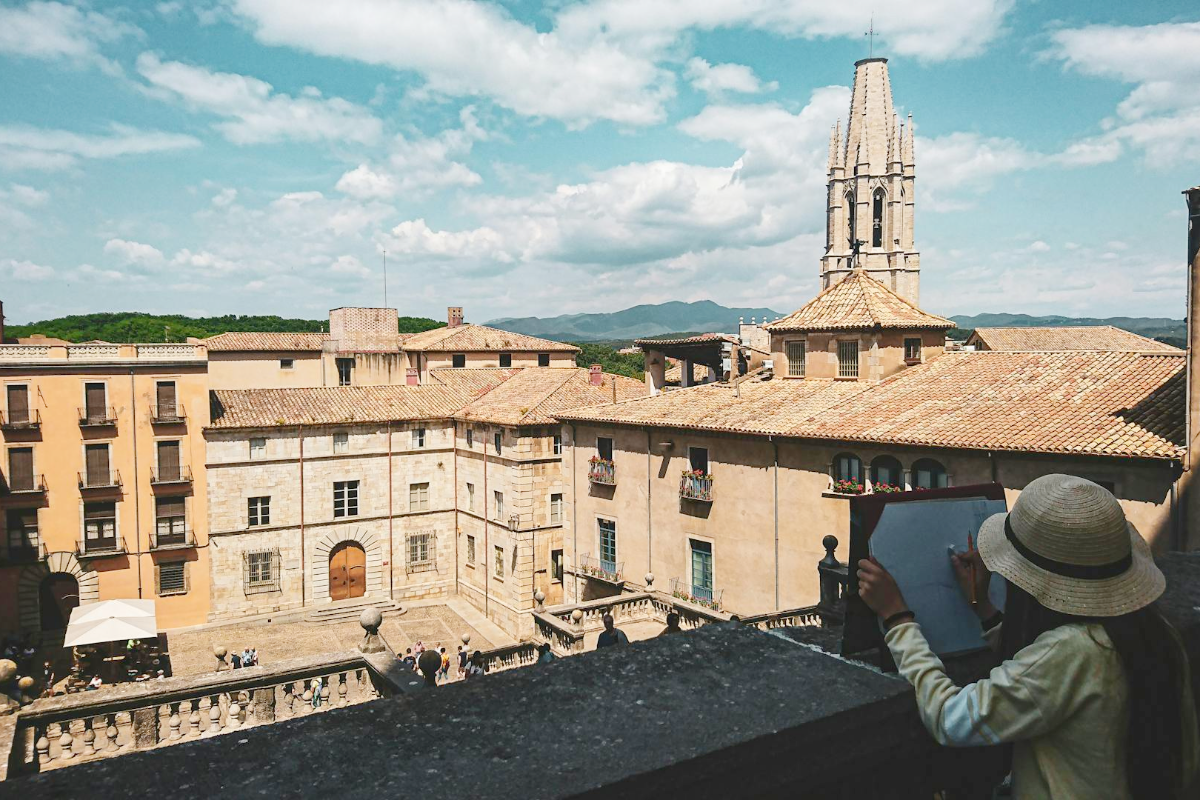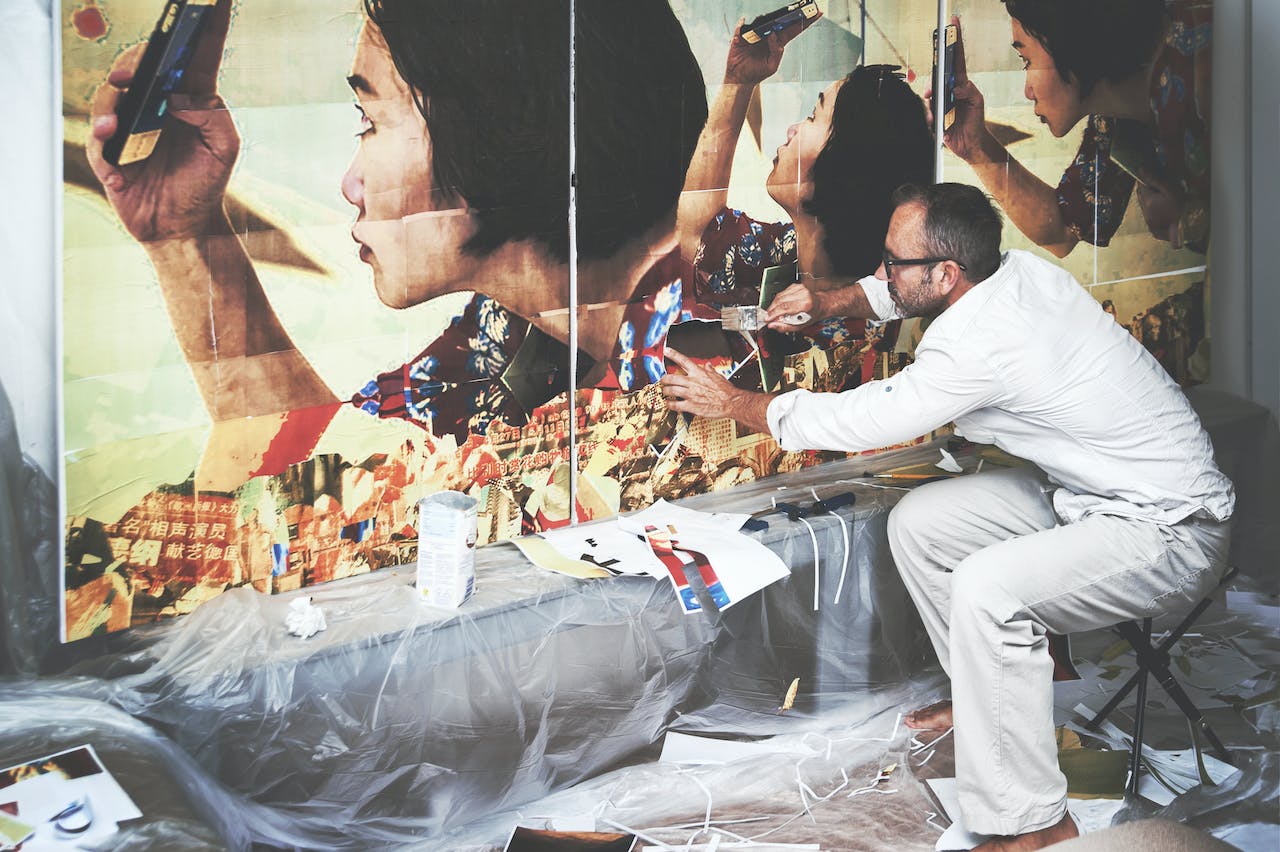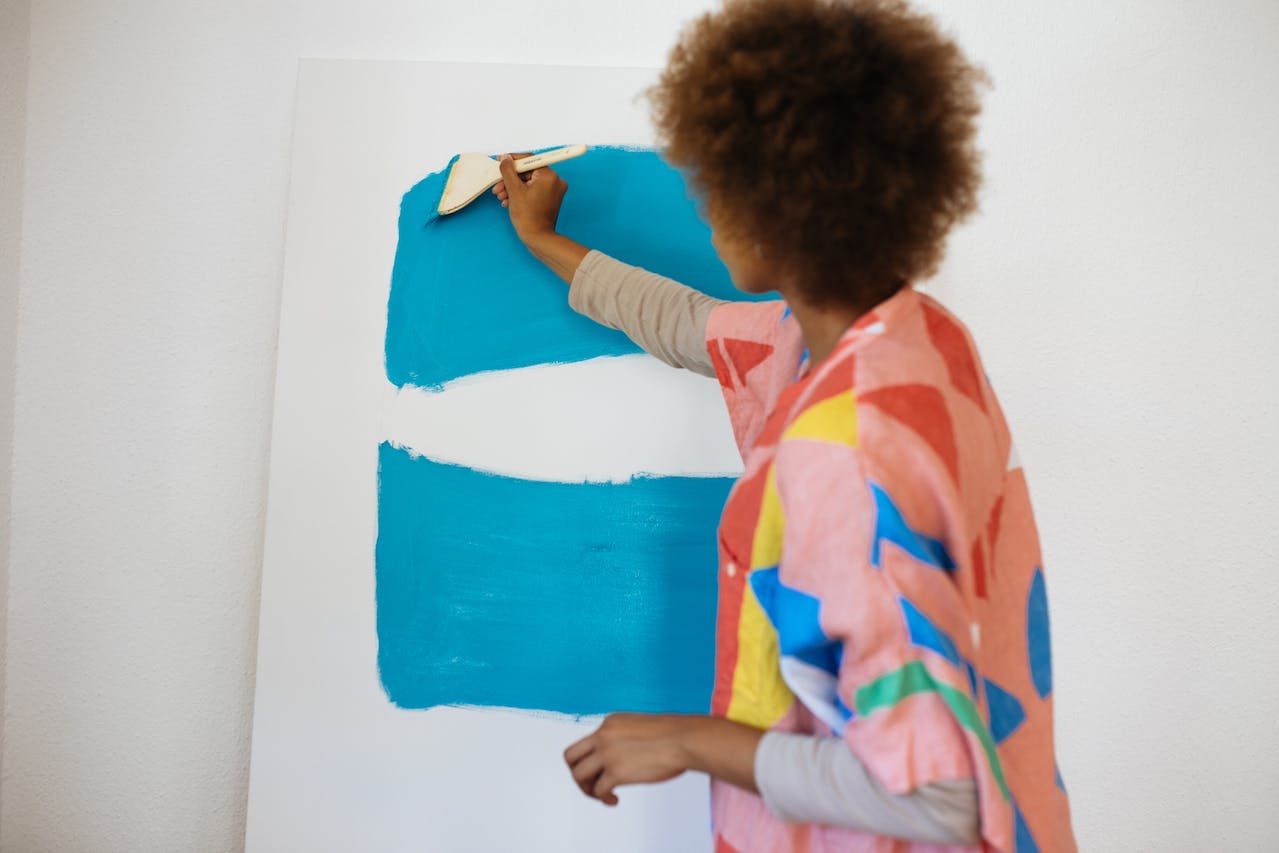Do I Have to Attend Art School to Become a Successful Visual Artist?
Do you think a formal education is the only way to become a successful artist? Think again! While a BFA (Bachelor of Fine Arts) or MFA (Master of Fine Arts) from an art school can definitely help give you the fundamental knowledge and skills necessary to make it as an artist, there are plenty of other routes to learning how to create great art –– and to finding success as an artist. In fact, many famous self-taught artists changed the art world. Keep reading to learn more.
Related: TheArtList’s Guide to Creative Opportunities
Famous Artists Without Formal Training
Some of the world’s most famous artists didn’t have a formal education, including Jean-Michel Basquiat, Frida Kahlo, Henri Rousseau, and Keith Haring, to name a few. Let’s take a closer look:
Jean-Michel Basquiat is one of the most iconic self-taught painters in history. Despite having no formal training, he became an international art star in the 1980s with his unique style, which often incorporated words, symbols, and figures from popular culture. He used his street art background to create works that were both critical and reflective of society during this time. His work continues to be highly influential today and can be found in many major museums worldwide.
Frida Kahlo is another example of a successful self-taught artist who rose to fame under extraordinary circumstances. She suffered from polio as a child, which left her with physical disabilities that she would battle throughout her life. Despite her health problems, she managed to create stunningly beautiful works that capture the essence of Mexican culture through portraiture and surrealism.
French Post-Impressionist painter Henri Rousseau was born into an impoverished family but taught himself how to paint by studying books on anatomy and copying paintings from the Louvre Museum in Paris. Although his work may not have been appreciated during his lifetime, it has since become widely admired for its dreamlike quality and vibrant colors. His work often featured exotic animals in lush jungle settings that were heavily inspired by his own imagination rather than reality.
There’s also Keith Haring, who dropped out of the School of Visual Arts because his teachers wouldn’t give him credit for his work related to social activism. Haring rose to fame in the 1980s with his iconic black-and-white drawings that often featured dancing figures and animals. His public works were seen all over New York City subway stations during this time, gaining him further recognition as an important figure in contemporary art history.
The Benefits of Having a Formal Art Education
A degree in visual arts can provide a way to connect with other artists, explore various media, hone your own craft, and learn proven strategies for inspiring creativity in yourself. Art schools are also excellent for meeting gallerists, curators, and critics. They also help budding artists develop new ideas, experiment, and learn new techniques.
Having a graduate education can also help you advance in your career. In a study by Artnet, only about 12% of the 500 most successful American artists were self-taught, while others had bachelor’s and master’s degrees from various art schools. However, it should be noted not all art schools are created equal. Nearly 10% of all the artists on Artnet’s list got their degrees from Yale Graduate School of Art. The renowned Rhode Island School of Design (RISD), the School of the Art Institute of Chicago, and the Royal College of Art have also helped shape many successful visual artists.
The fact that you don’t need to go to an art school to become an artist doesn’t necessarily mean you shouldn’t educate yourself in the arts. There are many other places to learn about art without taking classes for the next four years or more.
Alternatives to Traditional Art School
Receiving a formal education in visual arts can be an excellent way for an emerging artist to get a leg up on the competition. However, a degree is just one item on an artist’s resume. There are plenty of other ways to get ahead. Here are a few ways to expand your artistic horizons without a formal education:
- Take online art classes.
- Visit art museums and galleries.
- Apply for an artist residency.
- Practice your art consistently.
- Network with other local artists. (Facebook Groups are a great place to start!)
- Enter art competitions and submit your work to exhibits.
Final Thoughts
Ultimately, whether or not attending an art school will be beneficial depends on your goals – some may find value in having access to resources only found at universities. In contrast, others may prefer working independently outside any educational framework. Each choice has pros and cons, so consider what works best for you before making big decisions.
Remember: the word “artist” is entirely subjective. If you make art and see yourself as an artist, then well, you are. You don’t need a degree to certify yourself as an artist; you can become an artist totally by yourself with the help of your passion for art. We at TheArtList wish everyone luck in pursuing their dreams! Happy creating!
Find your next income and exhibition opportunity here on TheArtList!

